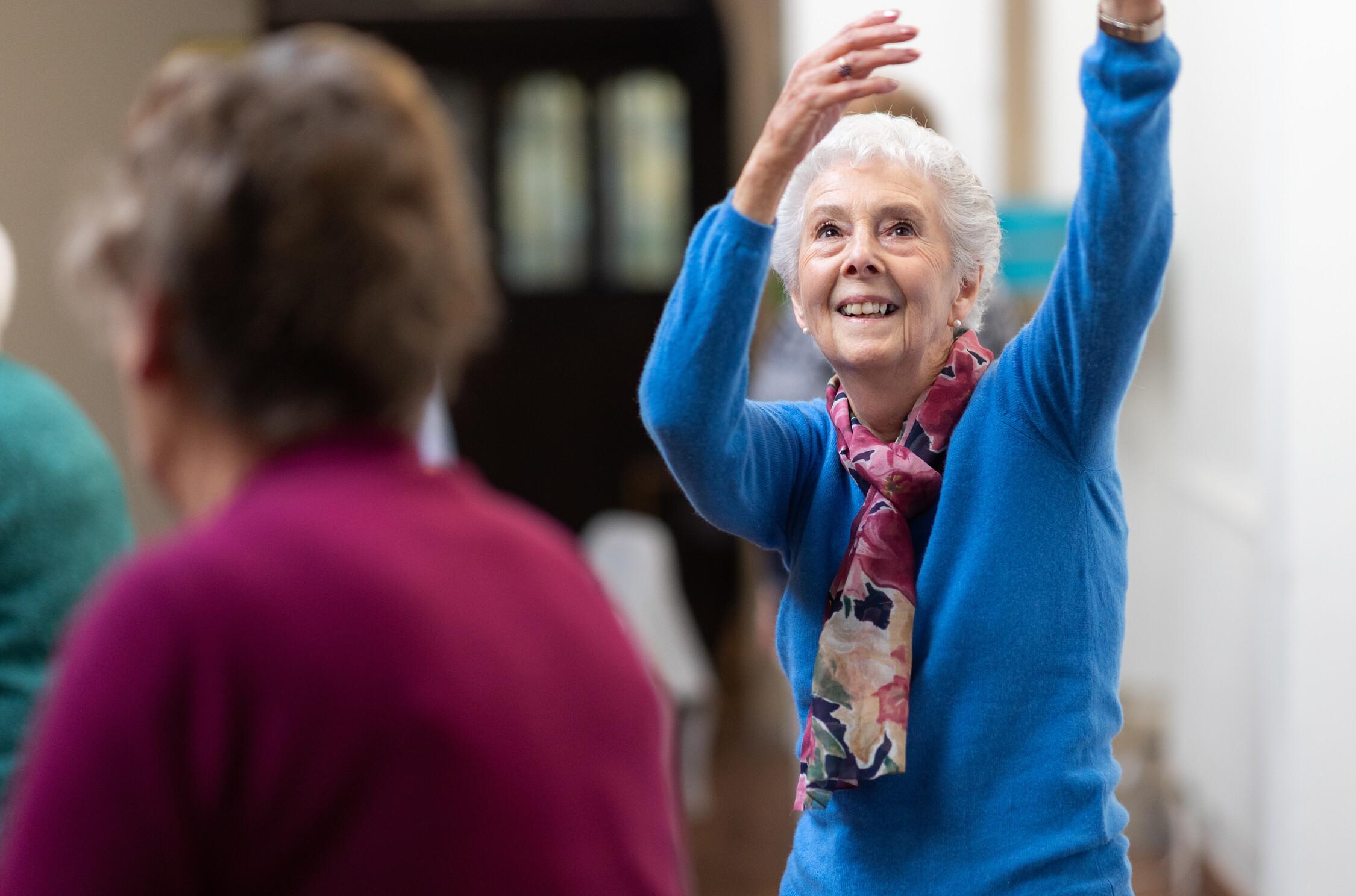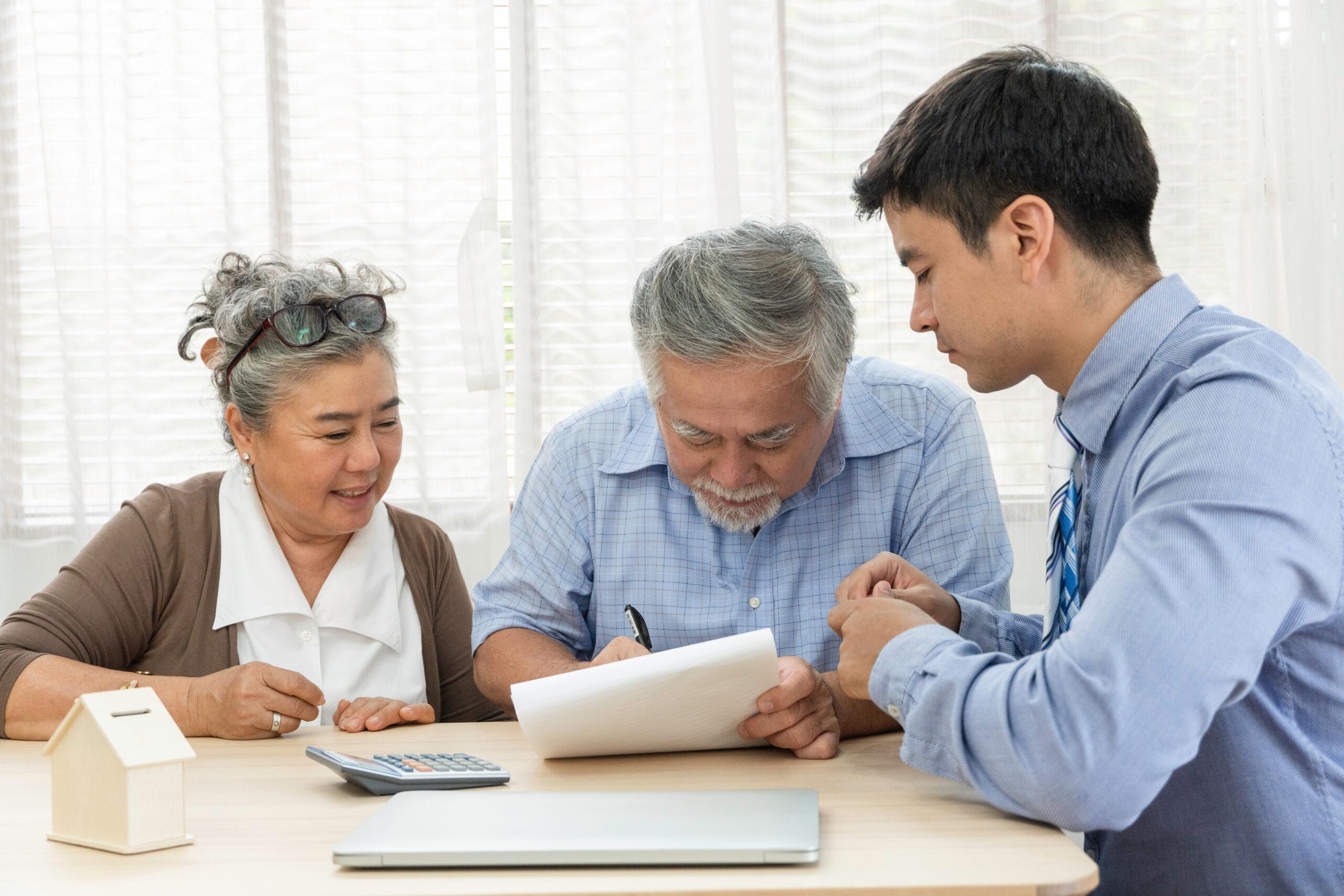Dance: a great workout for your mind, body and soul
The combination of physical movement, cognitive stimulation, and social interaction makes dancing the ideal activity for maintaining physical, brain and emotional health.

Dancing as a physical workout
The Australian Physical Activity guidelines for people aged 65 years and over recommend at least 30 minutes of moderate intensity physical activity every day. Dance can be a fun, gentle and painless way to exercise. Studies show that dance significantly improves muscle strength and endurance, balance, and other aspects of functional fitness in older adults. Dancing can also improve your cardiovascular health, agility and flexibility and help you maintain a healthy weight.
We know regular physical activity helps reduce the risk of dementia, but dancing offers even more cognitive benefits.
Dancing as a mental workout
Dancing requires coordination, rhythm, and memory, all of which engage different areas of the brain. This engagement helps build new neural connections, which may delay cognitive decline.
Unlike repetitive exercises such as walking or jogging, dancing requires you to make quick decisions, recall movements, and adapt to changes in rhythm and music. This mental challenge enhances what is known as ‘executive function’. This is a set of skills that helps us manage information in the brain, plan how to act in a given situation, make decisions and problem solve.
For other ideas to keep your brain mentally stimulated, read the article: Can a puzzle a day keep dementia away?
Dancing and social connection
Studies show that positive social connections are associated with lower dementia risk. As such, the social component that many dance programs offers yet another benefit! Many dance styles involve interaction with a partner or a group, requiring connection, communication and social engagement.
As well as boosting your brain health, keeping socially active can help to improve mental health and well-being. Dancing, which combines social, physical and cognitive elements, has also been shown to improve mood in older adults.
Dancing and mood
Research studies demonstrate a significant reduction in anxiety and depression among older adults participating in dance sessions. Dancing can help to take your mind off stressors and provide a break from worries. It’s also good fun, and there are usually always plenty of opportunities to laugh! Further, dance music can soothe, inspire, bring joy and ignite happy memories.
Dance Therapy
For people already diagnosed with dementia, dance can play a significant role in slowing the decline and enhancing quality of life. Studies have shown that dance therapy can help reduce agitation, improve mood, and enhance mobility. The connection between music and movement has been found to trigger memories and emotions, offering a sense of joy and engagement. Even in later stages of the disease seated dance classes can be fun and beneficial. For more information, also see Music and Dementia on the Forward with Dementia website.
Dancing is more than just an enjoyable pastime – it is a powerful tool for maintaining brain health and reducing the risk of dementia. Through a combination of physical activity, cognitive engagement, and social interaction, dance provides a holistic approach to keeping your brain healthy and reducing cognitive decline. So, join a dance class today!

